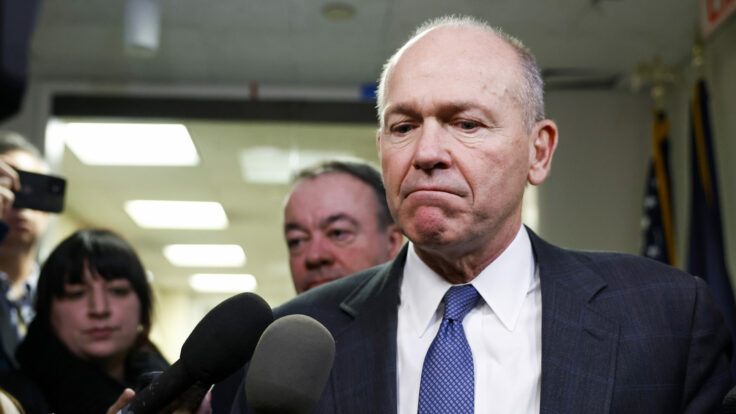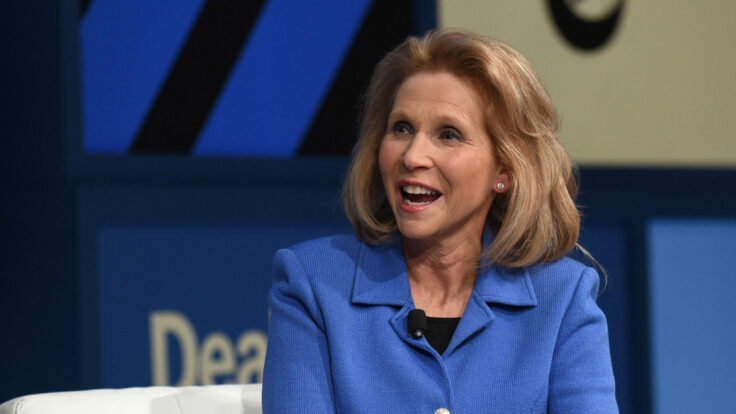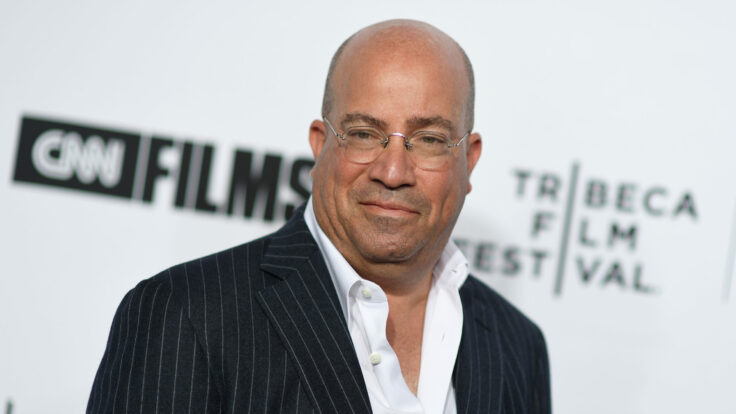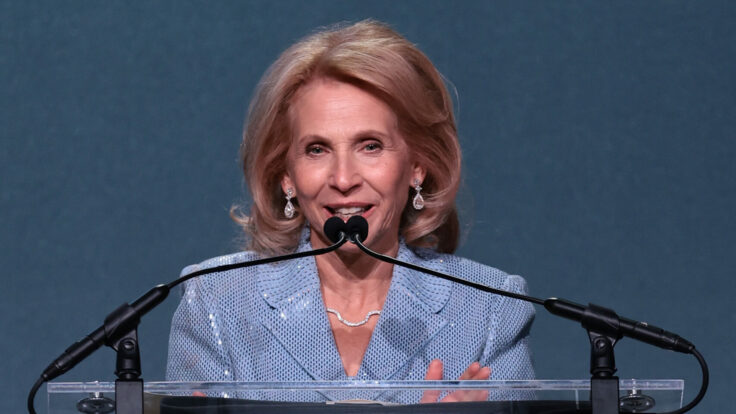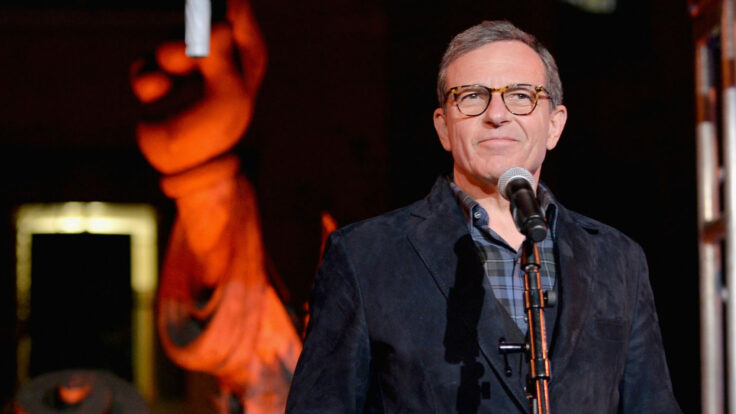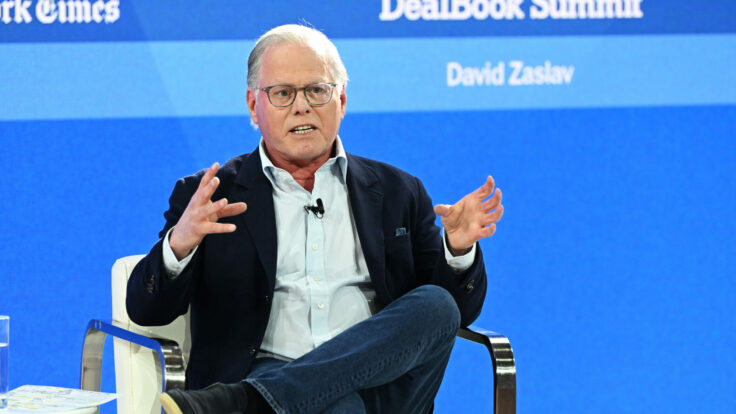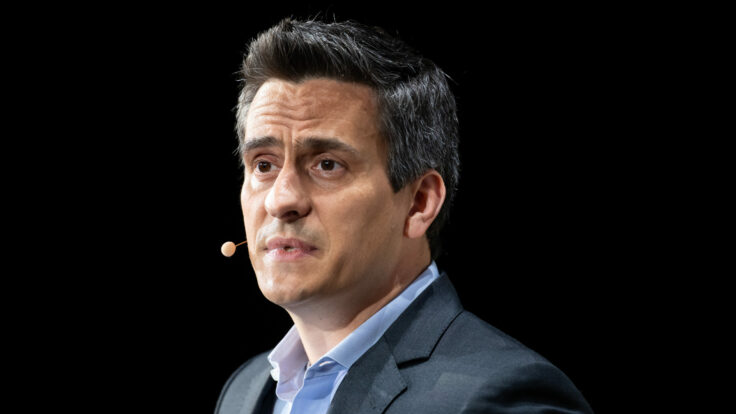It’s high beta time at Twitter, where Elon Musk seems to be taking the approach that to save the village square you have to first blow it up. And he certainly is free to do literally whatever he wants at Twitter. He owns something like 75 percent of the company now, has no board of directors, at least as far as we know, and has no one running the operation as his C.E.O. So it’s all Elon, all the time, now at Twitter.
And he’s just going for it, for better or worse. I mean, who in their right mind would fire 50 percent of the workforce in his first week of ownership while threatening to “name and shame” companies that have pulled their advertising and bully “blue check” power users off the platform? These are precisely the customers that Elon needs to make Twitter financially viable, and he’s treating them like enemy combatants in a culture war. “Twitter has had a massive drop in revenue, due to activist groups pressuring advertisers, even though nothing has changed with content moderation and we did everything we could to appease the activists,” Elon tweeted on November 4. He further elaborated that Twitter was losing $4 million a day, or $1.5 billion a year. Hmmm, that’s a new fact, and a profoundly disturbing one, at least for Elon and his merry band of investors and creditors.









